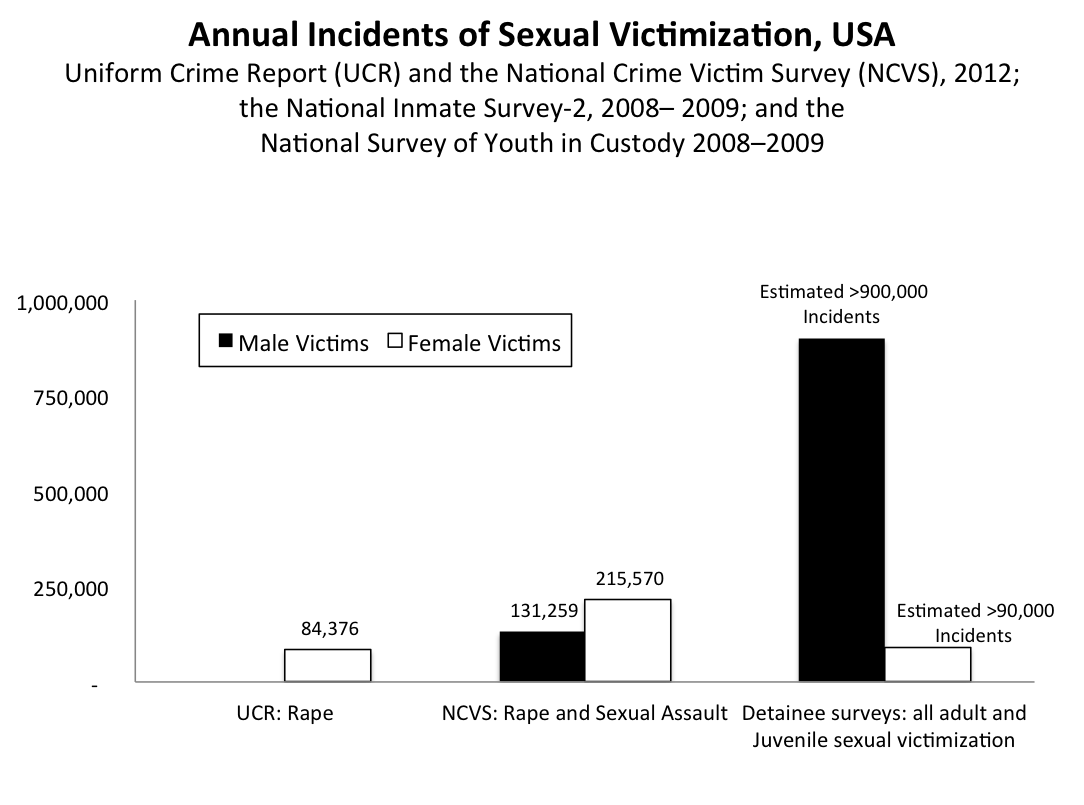|
Shame-stroke
Shame-stroke (Old Norse: ''klámhogg'') is the act of cutting off or stabbing a man's buttocks. It symbolizes the anal rape of a man and is designed not only to be debilitating, but also to be sexually humiliating, through the symbolic feminization of the victim (usually a vanquished enemy), by turning him into an '' ergi''. The injury was considered a mortal wound, as such was ranked with brain injury, a marrow injury, and other fatal wounds. It was considered symbolic of the loss of power in the Norse society where power and status were important as well as an outward signifier of the physical and social power that the dominator wielded over the dominated. The term is Nordic in origin, and equated with castration as "unmanning" the victim, and classed with wounds that cause major penetrations of the body, strongly suggesting that the term refers to rape or forced anal sex. It was considered a legal term, with the shame entailed associated with the shame of ''ragr''. The "unman ... [...More Info...] [...Related Items...] OR: [Wikipedia] [Google] [Baidu] |
Old Norse
Old Norse, also referred to as Old Nordic or Old Scandinavian, was a stage of development of North Germanic languages, North Germanic dialects before their final divergence into separate Nordic languages. Old Norse was spoken by inhabitants of Scandinavia and their Viking expansion, overseas settlements and chronologically coincides with the Viking Age, the Christianization of Scandinavia, and the consolidation of Scandinavian kingdoms from about the 8th to the 15th centuries. The Proto-Norse language developed into Old Norse by the 8th century, and Old Norse began to develop into the modern North Germanic languages in the mid- to late 14th century, ending the language phase known as Old Norse. These dates, however, are not precise, since written Old Norse is found well into the 15th century. Old Norse was divided into three dialects: Old West Norse (Old West Nordic, often referred to as ''Old Norse''), Old East Norse (Old East Nordic), and Old Gutnish. Old West Norse and O ... [...More Info...] [...Related Items...] OR: [Wikipedia] [Google] [Baidu] |
Rape Of Males
Some victims of rape or other sexual violence incidents are male. Historically, rape was thought to be, and defined as, a crime committed solely against females. This belief is still held in some parts of the world, but rape of males is now commonly criminalized and has been subject to more discussion than in the past. Males are far less likely to report sexual abuse than females. Rape of males is still taboo, and has a negative connotation among heterosexual and homosexual men.Deborah Condon. April 4th 2014. Irish HealthMale rape 'still a taboo subject'. Comments of Dr Maeve Eogan and Deirdra Richardson in ''Modern Medicine, the Irish Journal of Clinical Medicine''. Community and service providers often react differently to male victims based on their sexual orientation and the gender of their perpetrators. It may be difficult for male victims to report a sexual assault they experienced, especially in a society with a strong masculine custom. They might be afraid that peop ... [...More Info...] [...Related Items...] OR: [Wikipedia] [Google] [Baidu] |
Feminization (activity)
Feminization or feminisation, sometimes forced feminization (shortened to forcefem or forced femme), and also known as sissification, is a practice in dominance and submission or kink subcultures, involving reversal of gender roles and making a submissive male take on a feminine role, which includes cross-dressing. Subsets of the practice include " sissy training" and variations thereof, where the submissive male is "trained" to become feminine. Feminization as a sexual fetish is not the same thing as being a transgender woman, and the submissive partners engaging in it are typically cisgender men. It has been speculated that the fetish is rooted in societal pressure for men to be traditionally masculine. Practice Feminization is a practice in dominance and submission or kink subcultures, which involves reversing gender roles, making a submissive partner – typically a man – take on a feminine role, often for humiliation-based sexual pleasure. This may include them cross- ... [...More Info...] [...Related Items...] OR: [Wikipedia] [Google] [Baidu] |
Ergi
(noun) and (adjective) are two Old Norse terms of insult, denoting effeminacy or other unmanly behaviour. ' (also ') is "unmanly" and ''ergi'' is "unmanliness"; the terms have cognates in other Germanic languages such as ', ', ''arag'', or ''arug''. ''Ergi'' in the Viking Age To accuse another man of being ' was called ''scolding'' (see ') and thus a legal reason to challenge the accuser in ''holmgang''. If ''holmgang'' was refused by the accused, he could be outlawed (full outlawry) as this refusal proved that the accuser was right and the accused was '. If the accused fought successfully in ''holmgang'' and had thus proven that he was not ', the ''scolding'' was considered what was in Old English called ', an unjustified, severe defamation, and the accuser had to pay the offended party full compensation. The Gray Goose Laws states: Saleby Runestone Although no runic inscription uses the term ', runestone Vg 67 in Saleby, Sweden, includes a curse that anyone breaking the st ... [...More Info...] [...Related Items...] OR: [Wikipedia] [Google] [Baidu] |
Nordic Countries
The Nordic countries (also known as the Nordics or ''Norden''; ) are a geographical and cultural region in Northern Europe, as well as the Arctic Ocean, Arctic and Atlantic Ocean, North Atlantic oceans. It includes the sovereign states of Denmark, Finland, Iceland, Norway and Sweden; the autonomous administrative division, autonomous territories of the Faroe Islands and Greenland; and the autonomous region of Åland. The Nordic countries have much in common in their way of life, History of Scandinavia, history, religion and Nordic model, social and economic model. They have a long history of political unions and other close relations but do not form a singular state or federation today. The Scandinavism, Scandinavist movement sought to unite Denmark, Norway and Sweden into one country in the 19th century. With the dissolution of the union between Norway and Sweden (Norwegian independence), the independence of Finland in the early 20th century and the 1944 Icelandic constitution ... [...More Info...] [...Related Items...] OR: [Wikipedia] [Google] [Baidu] |
Scalping
Scalping is the act of cutting or tearing a part of the human scalp, with hair attached, from the head, and generally occurred in warfare with the scalp being a trophy. Scalp-taking is considered part of the broader cultural practice of the taking and display of human body parts as trophies, and may have developed as an alternative to the taking of human heads, for scalps were easier to take, transport, and preserve for subsequent display. Scalping independently developed in various cultures in both the Old and New Worlds. Europe One of the earliest examples of scalping dates back to the Mesolithic period, found at a hunter-gatherer cemetery in Sweden. Several human remains from the stone-age Ertebølle culture in Denmark show evidence of scalping. A man found in a grave in the Alvastra pile-dwelling in Sweden had been scalped approximately 5,000 years ago. Georg Friederici noted that “Herodotus provided the only clear and satisfactory portrayal of a scalping people in the ... [...More Info...] [...Related Items...] OR: [Wikipedia] [Google] [Baidu] |
Viking Raid Warfare And Tactics
The term "Viking Age" refers to the period roughly from 790s to the late 11th century in Europe, though the Norse raided Scotland's western isles well into the 12th century. In this era, Viking activity started with raids on Christian lands in England and eventually expanded to mainland Europe, including parts of present-day Belarus, Russia and Ukraine. While maritime battles were very rare, Viking bands proved very successful in raiding coastal towns and monasteries due to their efficient warships, and intimidating war tactics, skillful hand-to-hand combat, and fearlessness. What started as Viking raids on small towns transformed into the establishment of important agricultural spaces and commercial trading hubs across Europe through rudimentary colonization.Fasulo (2011), ''Viking Warfare''. Vikings' tactics in warfare gave them an enormous advantage in successfully raiding (and later colonising), despite their small population in comparison to that of their enemies. Cultur ... [...More Info...] [...Related Items...] OR: [Wikipedia] [Google] [Baidu] |
Wartime Sexual Violence
Wartime sexual violence is rape or other forms of sexual violence committed by combatants during an armed conflict, war, or military occupation often as War looting, spoils of war, but sometimes, particularly in ethnic conflict, the phenomenon has broader sociological motives. Wartime sexual violence may also include gang rape and rape with objects. It is distinguished from Sexual harassment in the military, sexual harassment, Military sexual trauma, sexual assaults and rape committed amongst troops in military service. During war and armed conflict, rape is frequently used as a means of psychological warfare in order to Demoralization (warfare), humiliate and terrorize the enemy. Wartime sexual violence may occur in a variety of situations, including institutionalized sexual slavery, wartime sexual violence associated with specific battles or massacres, as well as individual or isolated acts of sexual violence. Rape can also be Genocidal rape, recognized as genocide when it ... [...More Info...] [...Related Items...] OR: [Wikipedia] [Google] [Baidu] |
Violence Against Men
Violence against men comprises violent acts that are disproportionately (or exclusively) committed against men or boys. Violence against women is the opposite category, where acts of violence are targeted against the female gender. Perceptions and aspects Studies of social attitudes show violence is perceived as more or less serious depending on the gender of victim and perpetrator. People are less likely to report a man hitting another man to the police than a man hitting a woman. A study in 2023 found that people—especially women—are less likely to accept violence against women than violence against men. Male law enforcement officers show a greater reluctance to file charges or reports when a man is the victim of domestic violence. The use of stereotypes by law enforcement is a recognised issue, and international law scholar Solange Mouthaan argues that, in conflict scenarios, sexual violence against men has been ignored in favor of a focus on sexual violence against w ... [...More Info...] [...Related Items...] OR: [Wikipedia] [Google] [Baidu] |




